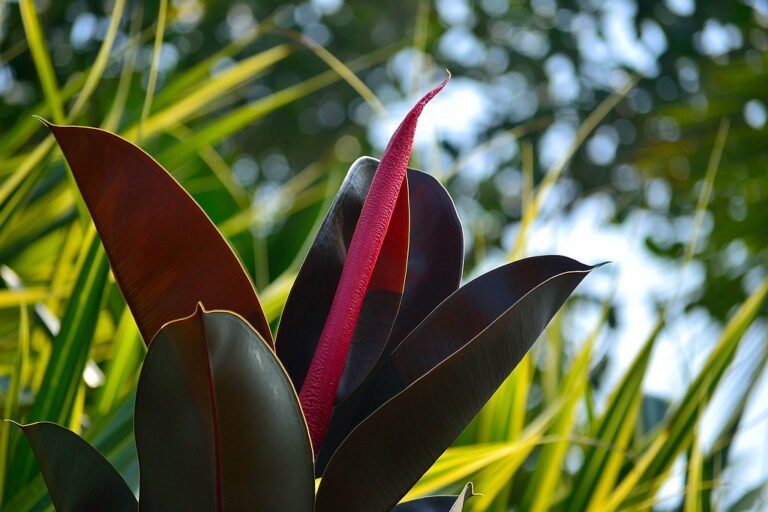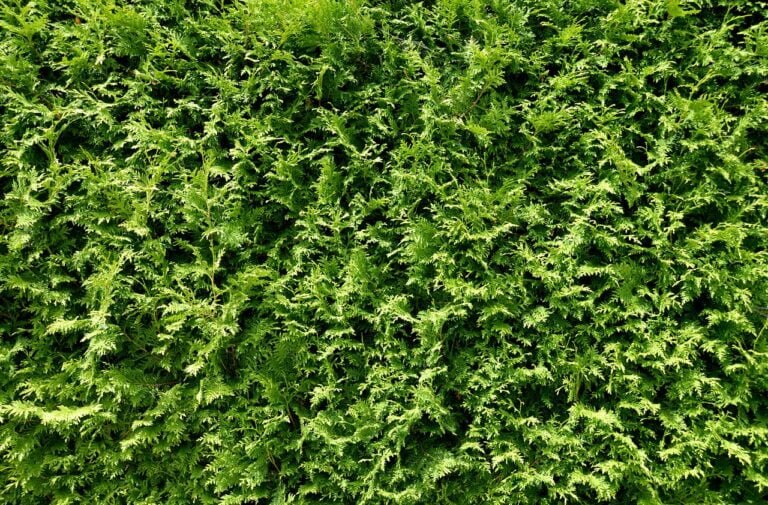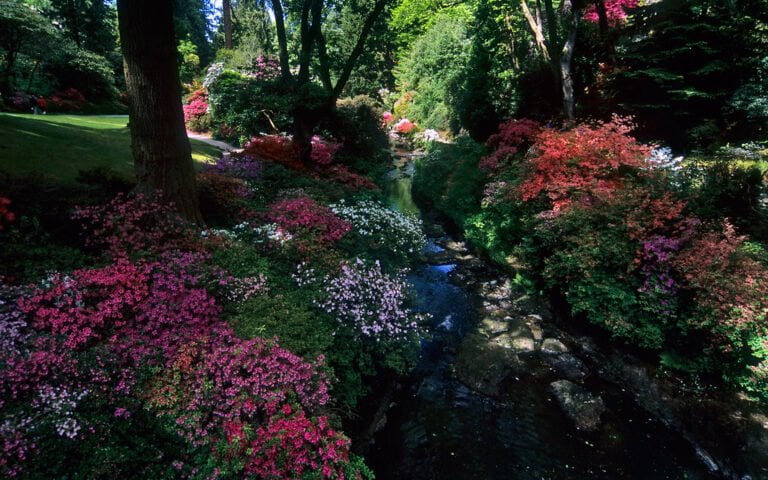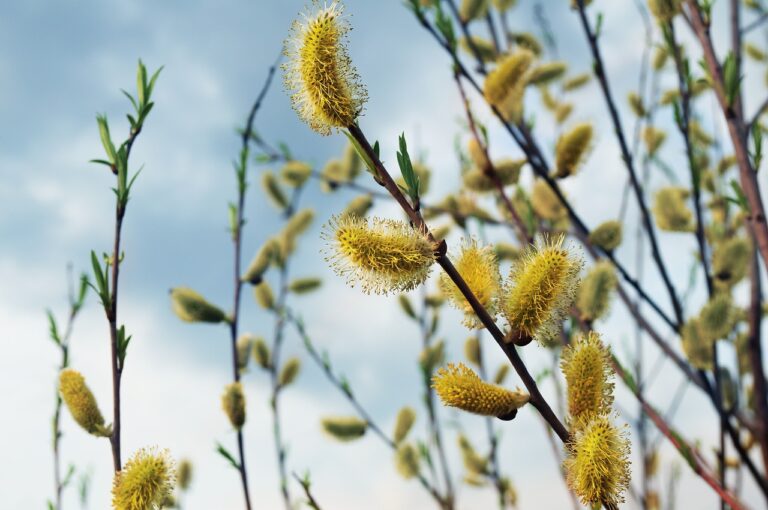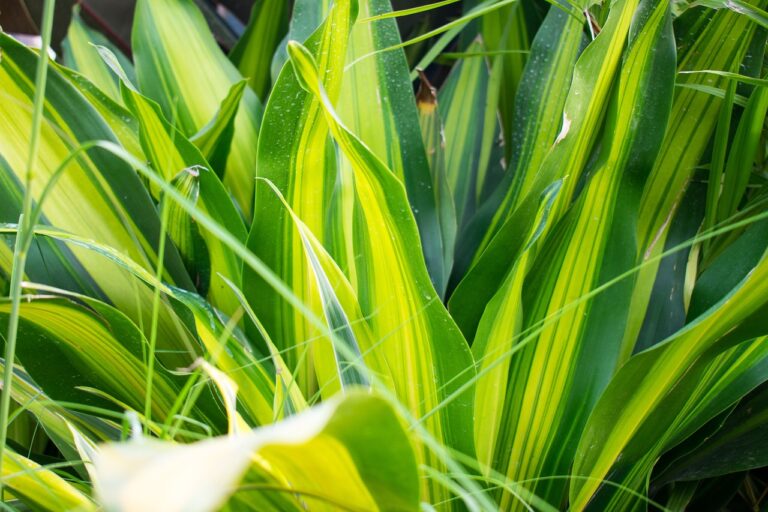Exploring the Art of Bonsai Cultivation and Topiary Creation
Are you ready to dive into the captivating world of bonsai cultivation and topiary creation? Discover the artistry and skill behind shaping miniature trees and sculpting shrubs into enchanting forms. From the rich history of bonsai to the essential tools and techniques for pruning and shaping, this article will guide you through every step of the process. Whether you're a seasoned enthusiast or a curious beginner, get ready to unlock the secrets of these intricate art forms and unleash your creativity.
History of Bonsai
In your exploration of bonsai cultivation and topiary creation, it is important to understand the history of bonsai. Bonsai, derived from the Japanese word "bon" meaning tray and "sai" meaning planting, has a rich and fascinating history that spans over a thousand years. This ancient art form originated in China and was later embraced by the Japanese, who refined and perfected its techniques. Bonsai represents the harmony between man and nature, capturing the essence of a full-sized tree in miniature form. The techniques used in bonsai cultivation involve meticulous pruning, wiring, and shaping to create a balanced and aesthetically pleasing composition. Each bonsai tree tells a story, reflecting the skill and dedication of its creator. By delving into the history and techniques of bonsai, you can unlock the secrets of this timeless art and embark on your own journey of serving others through the beauty of bonsai cultivation.
Types of Bonsai Trees
Now let's explore the different types of bonsai trees and discover the wide variety of options available for cultivating your own miniature masterpiece. Bonsai tree species are as diverse as the art of bonsai itself. From the elegant and delicate Japanese Maple to the majestic and resilient Juniper, there is a bonsai tree species for every taste and skill level. Each species has its own unique characteristics and requirements, making bonsai tree care an essential aspect of this art form. Whether you prefer the vibrant colors of flowering bonsai trees like the Azalea or the timeless beauty of the Pine, there is no shortage of options to choose from. With proper care and attention, your bonsai tree will flourish and become a true work of art.
Essential Tools for Bonsai Cultivation
To successfully cultivate and create beautiful bonsai trees, you will need a range of essential tools. Two of the most important tools for bonsai cultivation are bonsai shears and bonsai wire. Bonsai shears are specifically designed to trim and shape the branches and foliage of your bonsai tree. With their sharp blades and ergonomic handles, bonsai shears allow you to make precise cuts and create the desired shape for your tree. On the other hand, bonsai wire is used to train the branches of your bonsai tree into the desired position. By carefully wrapping the branches with bonsai wire, you can guide their growth and create stunning bonsai designs. These tools are indispensable for any bonsai enthusiast who wants to create beautiful, well-maintained bonsai trees.
Techniques for Bonsai Pruning and Shaping
When pruning and shaping your bonsai tree, it is important to utilize proper techniques in order to achieve the desired form and structure. Advanced bonsai pruning techniques can help you maintain the health and beauty of your tree, while creative shaping methods can add a touch of artistry to your creation. To start, consider using the technique of branch pruning, which involves removing unwanted branches to create a balanced silhouette. Another technique is wiring, where you carefully shape the branches by using wire to guide their growth. Additionally, you can employ the technique of defoliation, which involves removing all or some of the leaves to encourage new growth and refine the tree's shape. By mastering these techniques, you can transform your bonsai tree into a stunning work of art.
Selecting the Right Bonsai Pot and Soil
To ensure the health and vitality of your bonsai tree, it is crucial that you carefully select the appropriate bonsai pot and soil. Selecting the right bonsai pot is more than just aesthetics; it plays a vital role in the overall health and growth of your bonsai. The pot should be proportionate to the size of your tree and have good drainage holes to prevent waterlogging. As for the soil, using the correct type is essential. Bonsai soil should be well-draining to prevent root rot, but also retain enough moisture for the tree's needs. Additionally, understanding proper watering techniques is crucial. Bonsai trees require regular watering, but overwatering can lead to root rot, while underwatering can cause the tree to dry out. Lastly, don't overlook the importance of proper lighting and temperature for bonsai growth. Bonsai trees thrive in bright, indirect light and prefer temperatures that mimic their natural habitat. With careful consideration of these factors, you can create the ideal environment for your bonsai to flourish.
Maintaining Bonsai Health and Vigor
To ensure the ongoing health and vigor of your bonsai tree, it is essential to implement regular maintenance practices. One of the most crucial aspects of bonsai care is proper watering. Mastering bonsai watering techniques is key to providing your tree with the right amount of moisture without causing root rot or dehydration. It is important to water your bonsai when the soil begins to feel slightly dry, ensuring that it is thoroughly soaked. However, be cautious not to overwater, as this can lead to root suffocation. Additionally, preventing bonsai pests is vital to maintaining its health. Regularly inspect your tree for any signs of infestation, such as discolored leaves or webbing. If you detect any pests, take immediate action to eliminate them, using organic methods whenever possible. By staying vigilant and implementing these maintenance practices, your bonsai tree will thrive and bring you joy for years to come.
Creating Bonsai From Seed or Cutting
To create bonsai from seed or cutting, you can continue the process of cultivating and maintaining your bonsai tree, allowing you to have a hand in every stage of its growth. Creating bonsai from scratch is a rewarding and fulfilling experience that requires patience, dedication, and a deep understanding of bonsai cultivation techniques.
Starting with a seed or cutting gives you the opportunity to shape the bonsai from its earliest stages. You can carefully select the specimen that best suits your vision, ensuring that it has the potential to become a truly unique and beautiful bonsai tree.
When working with seeds, you must provide the proper conditions for germination, such as the right soil, temperature, and humidity. As the seedling grows, it is crucial to prune and shape it regularly to encourage the desired bonsai form.
Using cuttings is another method to create bonsai from scratch. By taking a branch or shoot from a mature tree, you can propagate it and develop it into a bonsai. This technique allows you to create a bonsai that closely resembles its parent tree.
Creating bonsai from seed or cutting is a journey filled with joy, challenges, and growth. It allows you to immerse yourself in the art of bonsai cultivation, observing and nurturing the tree as it evolves into a miniature masterpiece. So roll up your sleeves, get your hands dirty, and embark on the incredible adventure of creating bonsai from scratch.
Topiary Art: Shaping Trees and Shrubs
You can shape trees and shrubs into beautiful topiary art pieces using simple techniques. Topiary techniques involve pruning and training foliage to create intricate shapes and designs. It is a true art form that requires passion, knowledge, and patience. Imagine walking through a botanical garden, surrounded by stunning displays of topiary artwork. The perfectly trimmed hedges resembling animals, geometric shapes, and even famous landmarks. Each piece meticulously crafted with care and precision. The artistry lies in the skillful manipulation of nature, transforming ordinary plants into living sculptures. With the right tools and guidance, you too can create your own topiary masterpieces. Whether you desire to add a touch of elegance to your garden or showcase your skills in a botanical garden exhibition, topiary art offers endless possibilities for beauty and creativity.
Popular Plants for Topiary Sculptures
Want to know which plants are popular for creating stunning topiary sculptures? When it comes to plants for indoor topiaries, there are a few that stand out as favorites among topiary enthusiasts. One of the most popular choices is the Boxwood (Buxus sempervirens), known for its dense foliage and ability to be shaped into various forms. Another favorite is the Rosemary (Rosmarinus officinalis), which not only adds a lovely fragrance to your space but also has small, needle-like leaves that are perfect for creating intricate designs. And let's not forget about the English Ivy (Hedera helix), with its cascading vines that can be trained into stunning topiary sculptures. If you're looking for inspiration, consider visiting famous topiary gardens like the Gardens of Versailles in France or the Ladew Topiary Gardens in Maryland. These gardens showcase a wide variety of plants and designs that will surely ignite your creativity. So, grab your shears and get ready to bring your indoor topiary dreams to life!
Care and Maintenance of Topiary Creations
Maintaining the health and appearance of your topiary creations requires regular care and attention. To keep your topiary looking its best, you need to employ proper pruning techniques and effective fertilizing methods.
Pruning is an essential part of topiary care. It helps maintain the desired shape and encourages healthy growth. When pruning, make sure to use sharp and clean tools to avoid damaging the plants. Trim back any overgrown branches or leaves, and shape the topiary according to your desired design. Regular pruning will not only keep your topiary looking neat and well-maintained but also promote better air circulation and prevent diseases.
In addition to pruning, fertilizing is crucial for the overall health of your topiary. Choose a balanced, slow-release fertilizer that is suitable for the specific type of plant you are working with. Apply the fertilizer according to the instructions on the packaging, taking care not to over-fertilize, as this can damage the plant's roots.
Frequently Asked Questions
How Long Does It Take for a Bonsai Tree to Reach Its Desired Shape?
It takes years of careful pruning and training for a bonsai tree to reach its desired shape. But the journey is worth it. The art of bonsai cultivation can be beneficial for mental well-being, providing a sense of peace and mindfulness. Some popular bonsai tree species for beginners include the Juniper, Ficus, and Chinese Elm.
Can Any Type of Tree Be Used for Bonsai Cultivation?
Yes, any type of tree can be used for bonsai cultivation. Different trees have unique characteristics that can be shaped and styled to create stunning bonsai. Care for your bonsai tree varies in different seasons, ensuring its health and beauty year-round.
Are There Any Specific Tools Required for Topiary Creation?
To create breathtaking topiaries, you'll need specific tools and techniques. These tools, like shears and wire, allow you to shape and sculpt the plants with precision. Mastering these techniques will bring your topiary creations to life.
What Are Some Common Mistakes to Avoid When Pruning and Shaping a Bonsai Tree?
When pruning and shaping a bonsai tree, it's important to avoid common mistakes. Don't prune too much at once, as it can harm the tree. Shape it correctly by following the natural growth patterns.
Is It Possible to Create a Topiary Sculpture From a Plant That Is Not Typically Used for Topiary Art?
Yes, you can explore alternative plant options for topiary sculptures. Get creative with unconventional designs and use plants not typically used for topiary art. The possibilities are endless, and your imagination can bring unique beauty to your garden.
Conclusion
In conclusion, the art of bonsai cultivation and topiary creation is a captivating journey that allows you to shape and sculpt nature into stunning works of art. With a rich history and a wide variety of trees and plants to choose from, the possibilities are endless. By mastering the essential tools and techniques, selecting the right pots and soil, and dedicating yourself to the care and maintenance, you can bring these miniature masterpieces to life. So, let your creativity flourish and embark on this enchanting and rewarding adventure.

